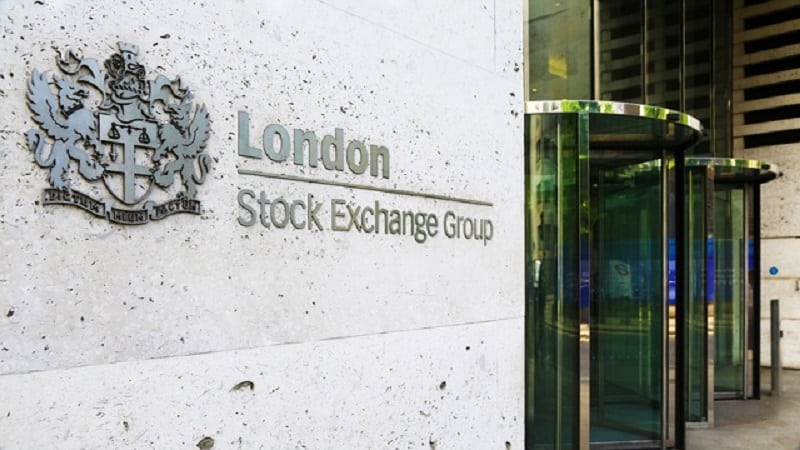Financial asset prices are driven by three main forces: economic and corporate fundamentals; liquidity conditions; and valuations.
With current equity valuation levels in Europe close to an historical average, fundamentals and liquidity should play a greater role in devising an investment strategy. Unfortunately, these drivers are heading in completely opposite directions.
While European growth prospects remain pretty dire, with a continuous downgrade of economic projections, monetary policy is increasingly supportive, as can be seen with the European Central Bank’s
announcement that it intends to grow its balance sheet by up to €1trn (£0.8trn), a 50% increase versus the current size of its balance sheet.
So how should investors reconcile strong liquidity support with poor fundamentals when investing in European equities?
First, investors should play it safe. As inflation expectations continue to move lower, deflationary pressures will continue to intensify. In this environment, it is best to avoid companies whose earnings prospects rely on a better macroeconomic environment.
This is particularly true for hard cyclical groups with limited pricing power. We prefer stocks of companies with solid balance sheets, good cashflow generation and limited sensitivity to the economic cycle. Healthcare stocks such as Novartis or Novo Nordisk are excellent cases in point. The latter also benefits from the high probability that its diabetes drug Victoza can also be used for the treatment of obesity.
Second, it is important to take advantage of the support offered by an increasingly active ECB. The divergence between the monetary policies on both sides of the Atlantic is leading to a significant weakening of the euro, which will benefit global companies with sourcing predominantly in Europe.
Global luxury group Hermès is an example of a company where profitability should be boosted by a weaker euro. The abundant and cheap liquidity is also leading to lower financing costs for European corporates, which will be supportive of corporate deals. Operations with great industrial rationale, such as the combination of cable operator Numericable with the second mobile operator SFR in France, have been facilitated by a favourable liquidity backdrop to finance the deals.
Last but not least, investors should not forget about fixed income. Contrary to equities, ample liquidity and dire economic prospects are both supporting the asset class. Indeed, the effective backstop put in
place by the ECB to prevent a repeat of the sovereign debt crisis, together with an environment of low growth and low inflation, is calling for a pursuit of the declining European periphery sovereign rates.
Italian and Spanish bonds continue to offer significant excess yields versus German bonds (above the pre-crisis level of 80bps) as well as attractive real inflationadjusted returns. It is important to keep
in mind the progress made by these countries in restoring their macroeconomic equilibrium over the past years. They now all enjoy current account surpluses while budget deficits have been significantly reduced.
More importantly exports are picking up, sometimes quite strongly as in the case of Spain, highlighting their dramatic improvement in competitiveness.
European banks’ corporate bonds are also worth considering. They are directly benefiting from the multi-year trend of the deleveraging and derisking of the financial sector, a trend that will be reinforced
by the ECB’s decision to directly purchase covered bonds and asset-backed securities.
We particularly like the subordinated debt of the strongest issuers such as Santander or Credit Suisse, but selectivity and active management remain key as each bond has its own specificities, especially the terms of guarantees offered.











